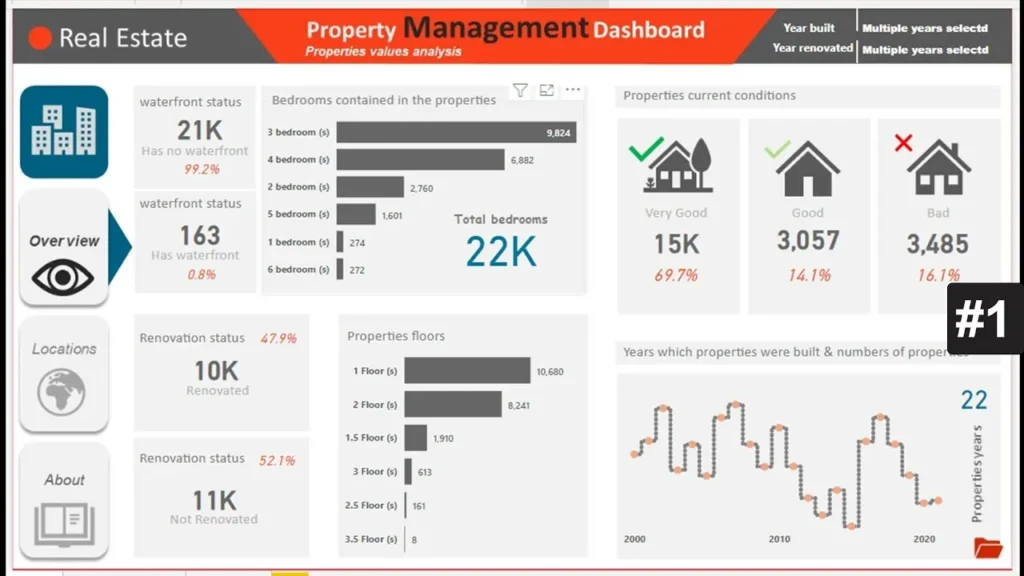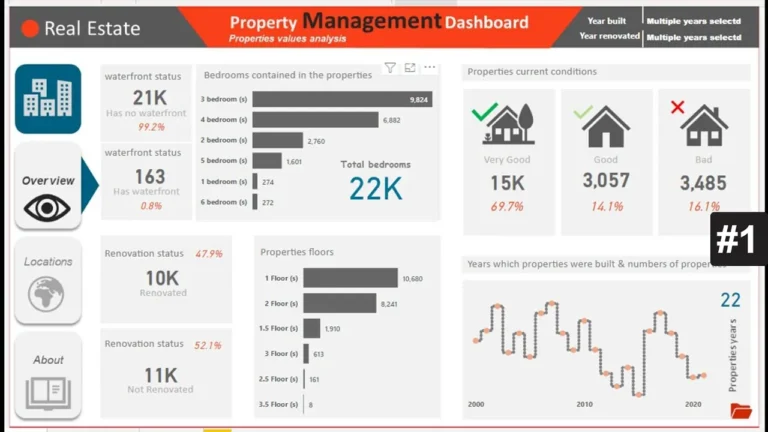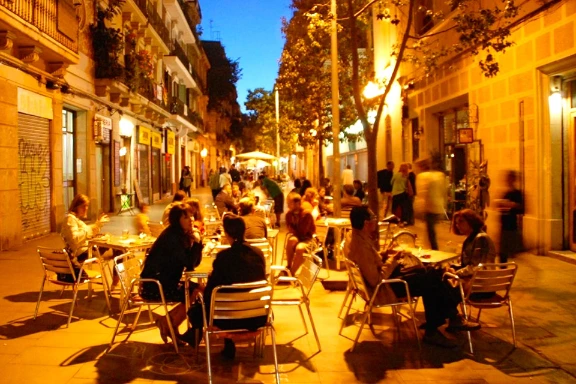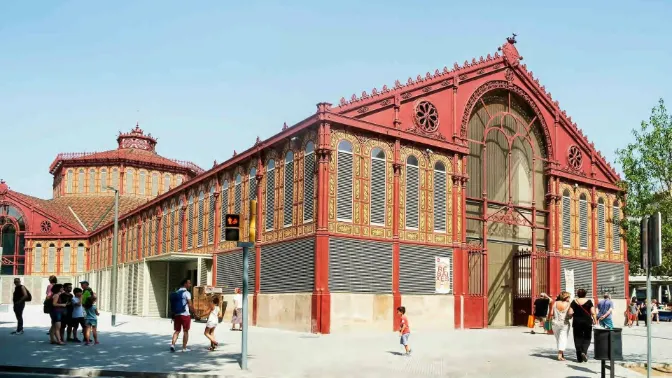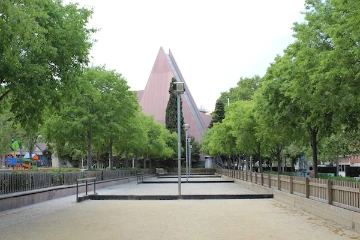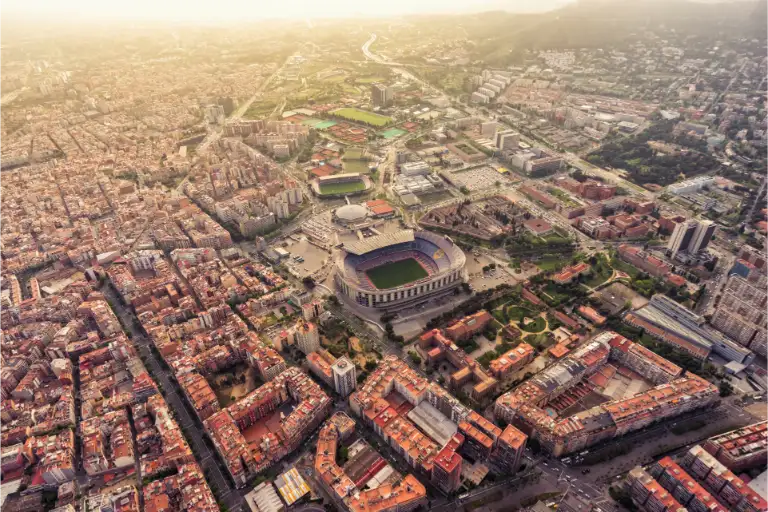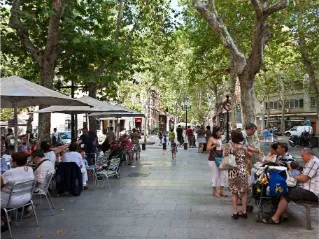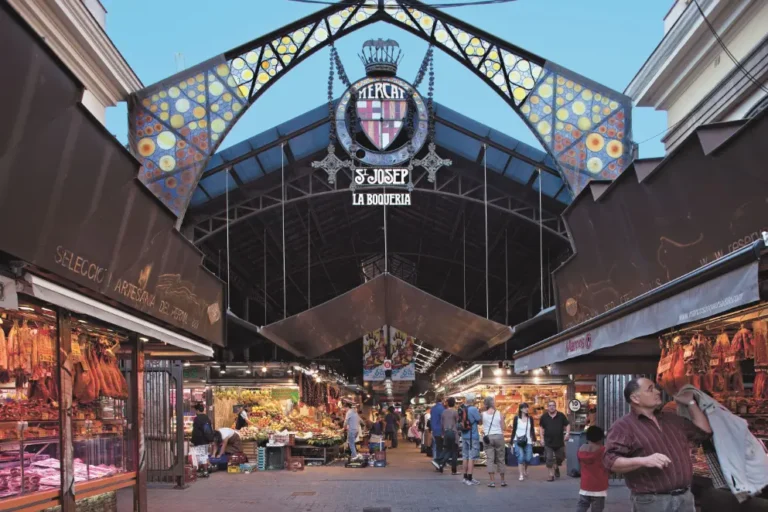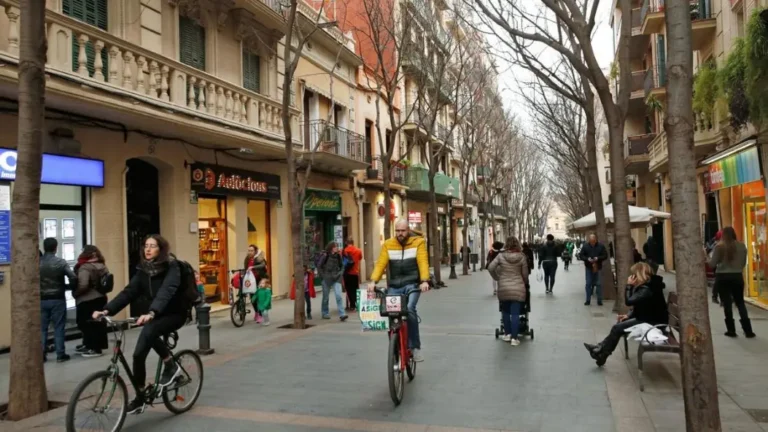Best Barcelona Neighborhoods for Long-Term Rental ROI (2025)
If you’re comparing the best neighborhoods in Barcelona for rental investment, start with fundamentals: tenant demand, building quality, commute, and regulations. Below I break down where we see resilient yields for long-term and mid-term lets—Sant Antoni, Poblenou, Les Corts, El Raval, and Navas—and when you might prefer adjacent areas like Poble-sec, beach-focused Barceloneta, the historic Gothic Quarter, fast-transforming La Sagrera, or value corridors like Camp de l’Arpa.
How We Evaluate ROI (2025)
- True net yield: long-term or 6–11 month rents minus community fees, IBI, insurance, basic maintenance, and vacancy.
- Tenant resilience: proximity to metro, jobs (22@, universities, hospitals), and everyday amenities.
- Building factors: elevator, light, outdoor space, energy rating, and pending community works (roof/façade/lift).
- Regulatory fit: Barcelona tightly restricts tourist licenses; plan for mid-term/long-term strategies. See official guidance at habitatge.barcelona.
New to the market? Read our Guide to buying property in Barcelona and common pitfalls to avoid.

Top Areas for Long-Term Rental Demand
Sant Antoni — Central, lifestyle-led demand
Between Eixample Esquerra and El Raval, Sant Antoni wins on walkability, the market, and food scene. Tenant profile: couples and professionals who pay a premium for location and light. Nearby, Poble-sec offers slightly lower buy-in with great tapas streets.
- Stock: Eixample-style flats; elevators common but not universal.
- Watch-outs: bar noise on Parlament/Comte Borrell; check community minutes for works.
Poblenou (Sant Martí) — 22@ jobs + beach lifestyle
Poblenou blends newer buildings with the 22@ tech hub and beach access. Tenant profile: tech workers, remote pros, and families seeking modern amenities. If you want pure beach living, compare yields and livability with Barceloneta (smaller flats, heavier seasonality).
- Stock: terraces, parking, better energy ratings; some loft conversions.
- Watch-outs: construction pockets; verify community facilities and costs.
Les Corts — Stable, professional tenants
Les Corts is calm, connected, and close to business hubs and universities. Tenant profile: families and professionals prioritizing elevators, parking, and quiet buildings.
- Stock: mid-century to newer builds; concierge buildings common.
- Watch-outs: premium for larger terraces; confirm energy efficiency and HVAC.
El Raval — Higher yield potential, block-by-block due diligence
El Raval offers lower buy-in and strong demand from students and creatives. Tenant profile: budget-minded renters who want central living near MACBA and universities. If you’re weighing historic-core alternatives, compare with the Gothic Quarter for a different vibe and price point.
- Stock: mix of renovated lofts and older walk-ups.
- Watch-outs: night-time noise on certain streets; inspect building services and stairwells; verify windows/soundproofing.
Navas (Sant Andreu) — Value play with fast metro
Navas sits between Sant Andreu and Sant Martí with L1 straight to the center. Tenant profile: value-seeking locals and expats who want everyday Barcelona and good transport. For a regeneration angle, check next-door La Sagrera (new AVE hub), and for solid value nearby, consider Camp de l’Arpa.
- Stock: 1960s–80s buildings, some newer infill; elevators mixed.
- Watch-outs: check façade/roof works and lift status; interior light varies by patio width.
Long-term net yields in prime-to-middle Barcelona typically land in the mid-single digits depending on purchase price, condition, and holding costs. Rare outliers exist but usually carry higher risk, capex, or vacancy. Plan for conservative underwriting and upside via thoughtful refurb, better energy rating, and light/outdoor space.
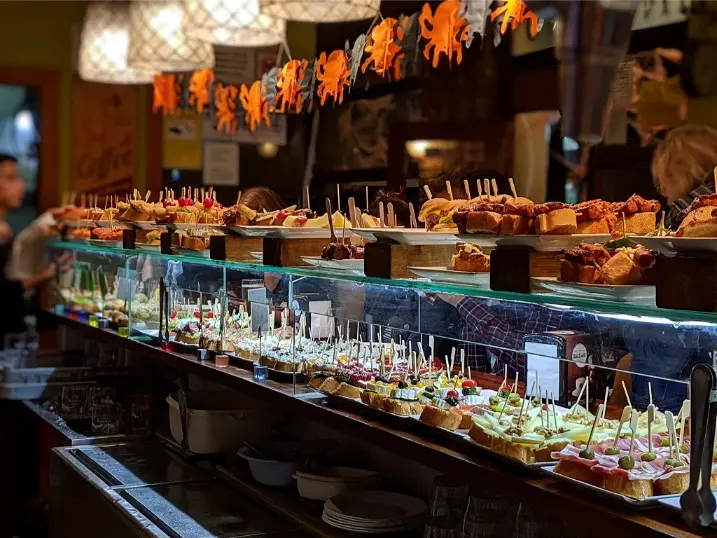
Investment Strategy Tips (2025)
- Mid-term ready: furnish for 6–11 month stays (storage, desk space, quality beds) where tourist licenses aren’t available.
- Capex where it counts: windows, lighting plan, and kitchen/bath refreshes drive rent more than cosmetic paint alone.
- Documents first: request minutes, debt certificate, IBI receipt, energy label, and cédula early. See our pitfalls checklist.
- Test the commute: tenants pay for time. Map metro/Bicing and walkability to services across targets like Poble-sec, Barceloneta, and La Sagrera.
- Underwrite conservatively: model vacancy and community works; add a reserve for lift/façade contributions. Verify licensing/usage rules on the city portal: habitatge.barcelona.
Barcelona Rental Investment — FAQ
Which areas have the most resilient long-term demand?
Central-adjacent, well-served barrios like Sant Antoni, Les Corts, and Poblenou balance commute, amenities, and building quality. Value zones like Navas and Camp de l’Arpa work when the flat has light, lift, and efficient layout.
Can I get a tourist rental license?
Tourist licenses are tightly restricted citywide—including in the Gothic Quarter and Barceloneta. Most investors focus on long-term or 6–11 month rentals. Always verify current rules on the city’s portal: habitatge.barcelona.
Typical time-to-let?
Well-presented, fairly priced flats in demand corridors often let within 2–4 weeks outside peak holidays. Unique features (terrace, lift, A/C, energy upgrades) shorten time-to-let in hotspots like Sant Antoni and Poblenou.
What drives rent premiums?
Light, outdoor space, elevator access, modern HVAC, and a quiet bedroom orientation. Street noise and poor energy ratings depress rents—especially in core-tourism areas such as the Gothic Quarter.

